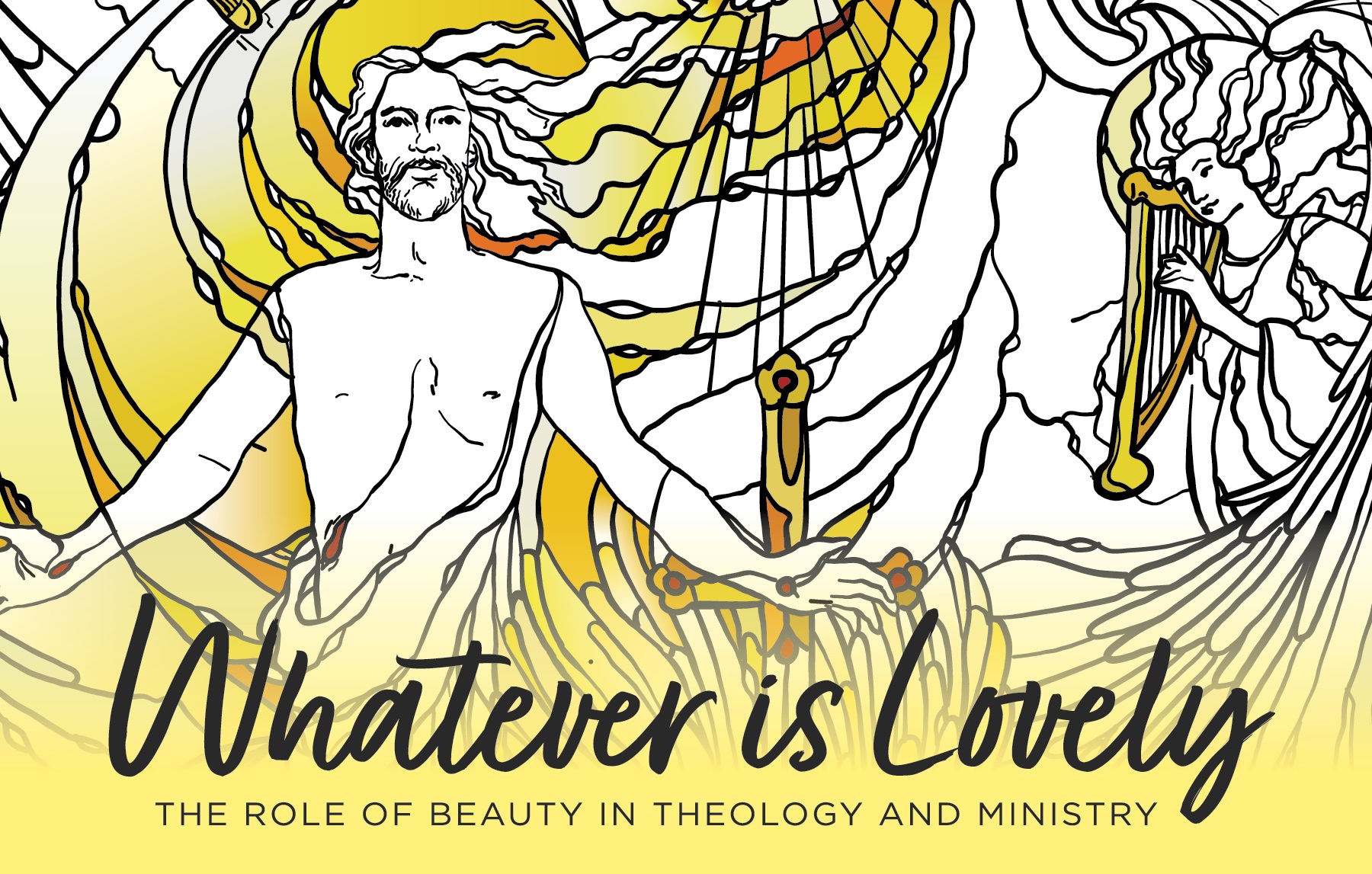Loading...
Start Date
22-9-2021 10:45 AM
End Date
22-9-2021 11:40 AM
Keywords
luther, idea of the holy, et incarnatus
Description
On October 5, 1544, Martin Luther preached at the dedication service of the newly completed Castle Church at Torgau’s Hartenfels Castle. The room is a jewel, beautifully appointed and carefully ordered for preaching, prayer, and the administration of the sacraments of Baptism and the Lord’s Supper. The design was by architect. Specially commissioned art had been conceived by Wittenberg artist, Lucas Cranach and Luther himself had consulted on the design. Time, money and a great deal of thoughtful care had been expended on the design and execution. Yet, as he preached, Luther is recorded as saying, “If the occasion should arise that people did not want to or could not assemble [in the church], one could just as well preach outside by the fountain or somewhere else. "For Luther, the church building was little more than a convenience. It was a place set aside where one could count on hearing the Gospel and receiving the Sacraments at an appointed time. Since the Church had to meet somewhere, it had been agreed that it would meet here, and a room was created to make that possible. What are we to make of the crossed purposes evidenced between the care of design and execution and Luther’s pragmatic and dismissive tone? Using the categories proposed by Rudolph Otto in his seminal work of phenomenology, The Idea of the Holy, a connection will be drawn between our experience of beauty and that of holiness. Further, I will argue that beauty in the context of liturgical space is an expression of the vocations of the designer, artist, and craftsperson as service to the neighbor.
Submission Type
Bible Study; Lecture; Sermon Prep
Submission Topics
Ecclesiology (The Church); Education; Literature and Art; Practical Theology; Preaching and Teaching; Scripture Interpretation; Sin; Worship
Scripture References in this Resource (separated by semi-colons)
Psalm 2:1-12;
Submission Audience
Laity; Ministers; Scholars
People in this Resource (separated by commas)
Rudolf Otto, Martin Luther, J. S. Bach, Felix Mendelsshon, Johnny Cash,
Submission Cost
Free
Beauty: A Service to the Neighbor
On October 5, 1544, Martin Luther preached at the dedication service of the newly completed Castle Church at Torgau’s Hartenfels Castle. The room is a jewel, beautifully appointed and carefully ordered for preaching, prayer, and the administration of the sacraments of Baptism and the Lord’s Supper. The design was by architect. Specially commissioned art had been conceived by Wittenberg artist, Lucas Cranach and Luther himself had consulted on the design. Time, money and a great deal of thoughtful care had been expended on the design and execution. Yet, as he preached, Luther is recorded as saying, “If the occasion should arise that people did not want to or could not assemble [in the church], one could just as well preach outside by the fountain or somewhere else. "For Luther, the church building was little more than a convenience. It was a place set aside where one could count on hearing the Gospel and receiving the Sacraments at an appointed time. Since the Church had to meet somewhere, it had been agreed that it would meet here, and a room was created to make that possible. What are we to make of the crossed purposes evidenced between the care of design and execution and Luther’s pragmatic and dismissive tone? Using the categories proposed by Rudolph Otto in his seminal work of phenomenology, The Idea of the Holy, a connection will be drawn between our experience of beauty and that of holiness. Further, I will argue that beauty in the context of liturgical space is an expression of the vocations of the designer, artist, and craftsperson as service to the neighbor.


